The Camera Doesn't Matter
...Does it?
You remember that one time? That one time you were looking to buy your first camera, upgrade from grandma’s hand-me-down, or upgrading from the kit lens, something like that?
You hop on your socials, ask away, and come back the next day to more notifications than you were expecting. Except, it’s mostly comments like:
”Spend your money on trips instead”
“What you have is fine”
“RED cameras are perfect beginner vlogging setups”
“Don’t get Nikon”
“You’re the problem, not the camera”
Doesn’t really answer the question, does it? None of these are real recommendations or truly relevant advice, just regurgitated rhetoric that leaves us depressed and falling out of love with photography.
While there’s plenty of truth to some of these statements, I don’t find them particularly helpful in most cases. Partly because these short blanket-statements are often lacking any real nuance and usually more mean-spirited, but mainly because the real answer to the upgrade question is usually always:
“It depends. What are you trying to do?”
(Please do not buy a RED camera or avoid buying Nikon cameras. Telling newbies to buy ridiculously expensive cameras or trashing Nikon is just a meme; anyone seriously proposing these two things is not of sound mind)
Don’t get me wrong - I’m not saying that you need to upgrade from “beginner-level” gear to take good photos.
In fact, I firmly believe that you don’t. You can take any kind of photo, using any kind of camera, and you can do it all at an extremely high level.
Just look at what Karen Cheng does with stopmotion photography and Polaroids, what Dominika Koszowska does with mobile phones, or what Miles Myerscough-Harris does with 130 year-old cameras. They’re all fantastic photographers - what they use seems to be completely irrelevant to the end result, which are amazing pieces of work.
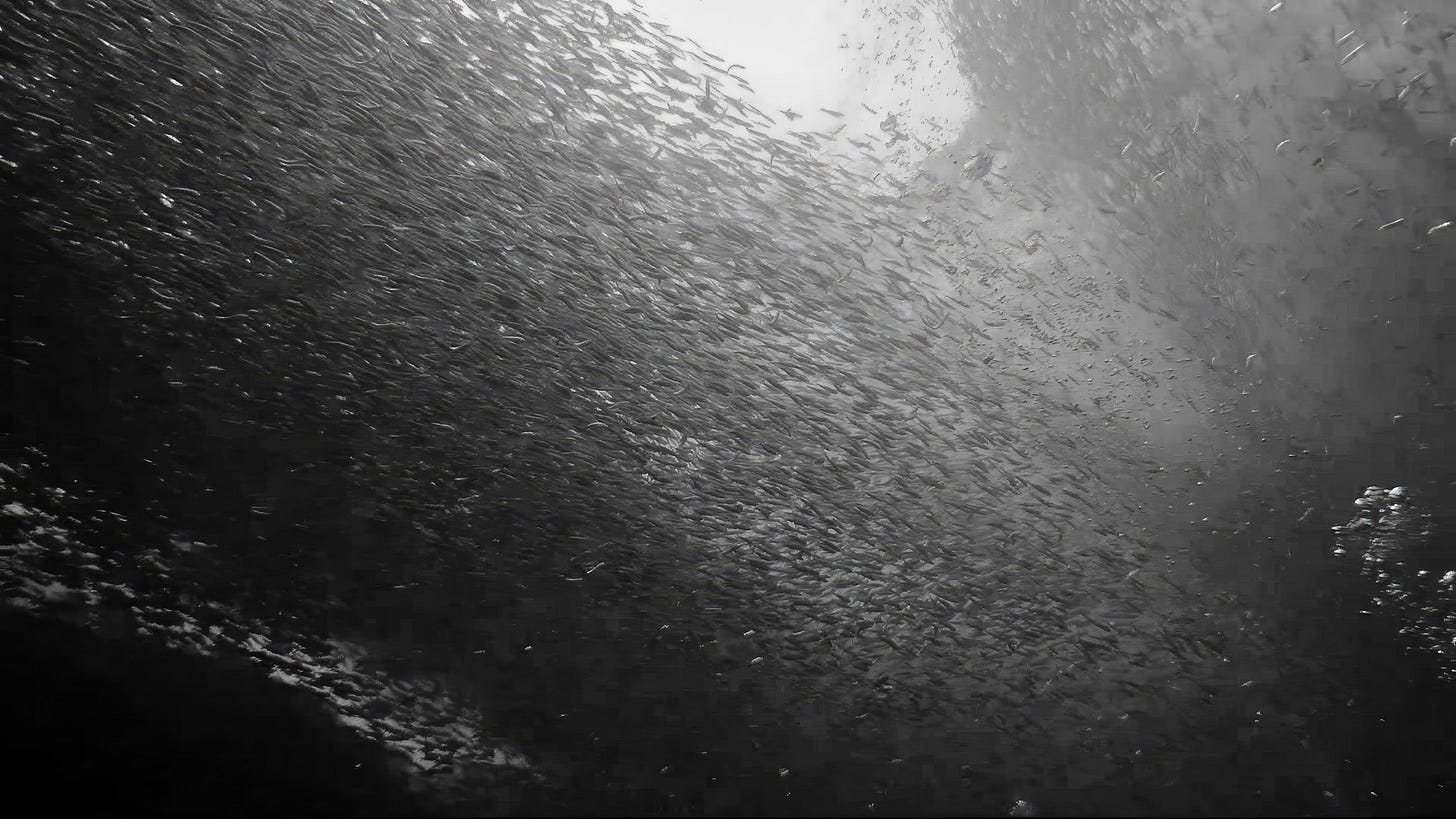
Let’s consider portraits, arguably the most popular form of photography across the board. What is it that we need to take the typical portrait?
It’s not 40+ megapixels, it’s not 8k 60FPS video, it’s not 15 stops of dynamic range, it’s not high speed sync, it’s not 5.5 stops of IBIS, a 120FPS burst rate, a Profoto studio lighting system, a Pelican full of prime lenses, or any of that.
It’s really just lighting, location, a model, and the photographer’s ability to bring all these elements together into an image.
But now you’re going, “Ryan, you literally have a page on your website listing out all your photography gear, and you have like 10 million cameras and lenses on it, half of them being flagship stuff. Why are you telling me that I don’t need the good stuff when you clearly don’t listen to the crap you write?”
And the answer to that, my friend, is simple:
Limitations.
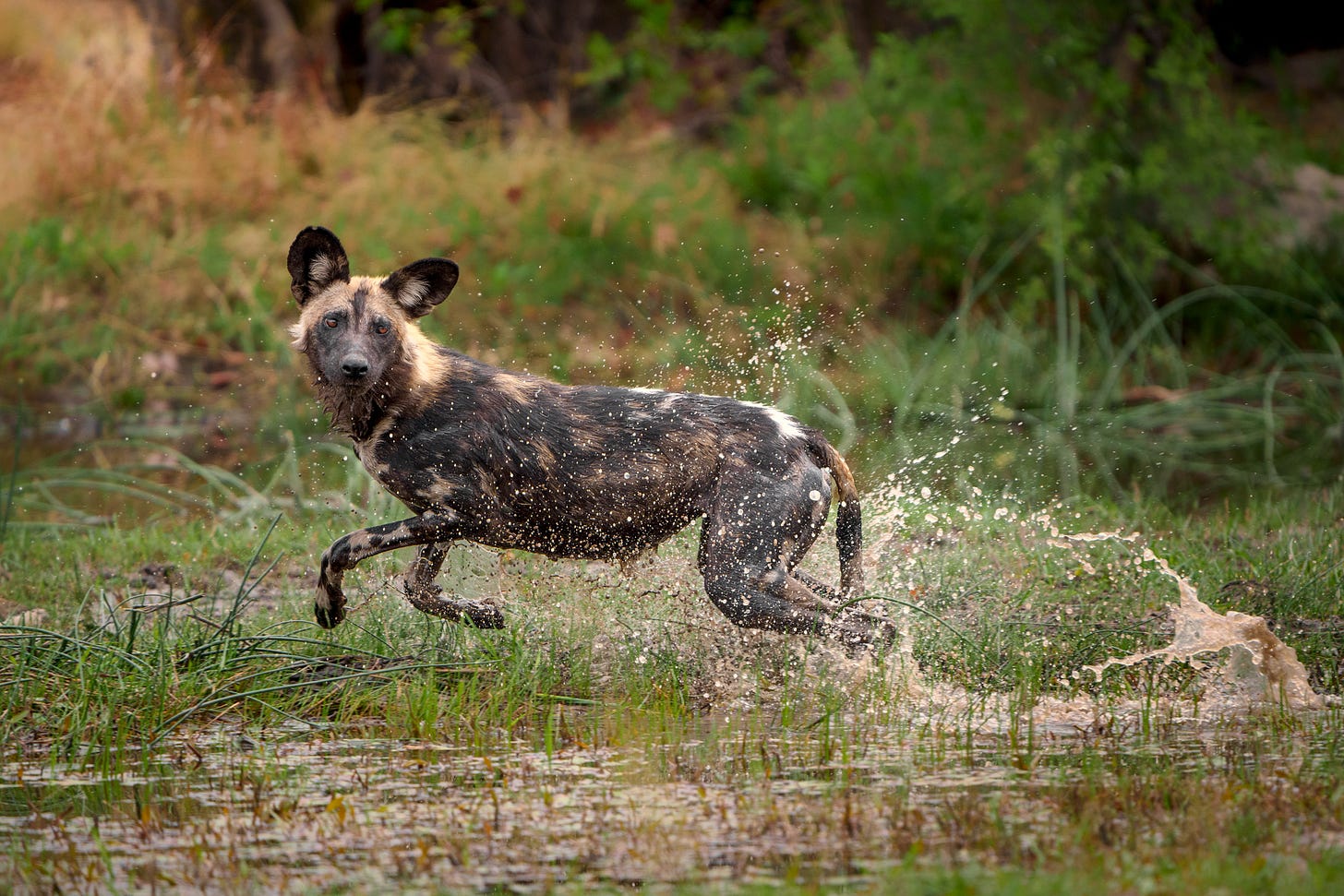
Like I said, you can do all types of photography with anything, and you can do it to a very high level. This is still true. However, there comes a point where we encounter some limitations, and those limitations only truly reveal themselves depending on our specific goals.
If I’m shooting sports or wildlife and want to get a good subject-in-motion shot, there’s close to zero chance that I’m going to walk away with one using a pinhole camera unless it’s a snail race.
Continuing with the sports or wildlife theme, if I’m looking for a good close up portrait, again - close to zero chance that happens if I’m using a wide angle lens instead of a telephoto unless I run the risk of getting mauled by a lion or trampled by a linebacker.
But if I want a more abstract or wide field shot of the overall scene of the sporting event/wildlife habitat where I don’t need the pinnacle of autofocus technology and sensor readout speed, sure. A pinhole, or really literally any other kind of camera would work just fine.
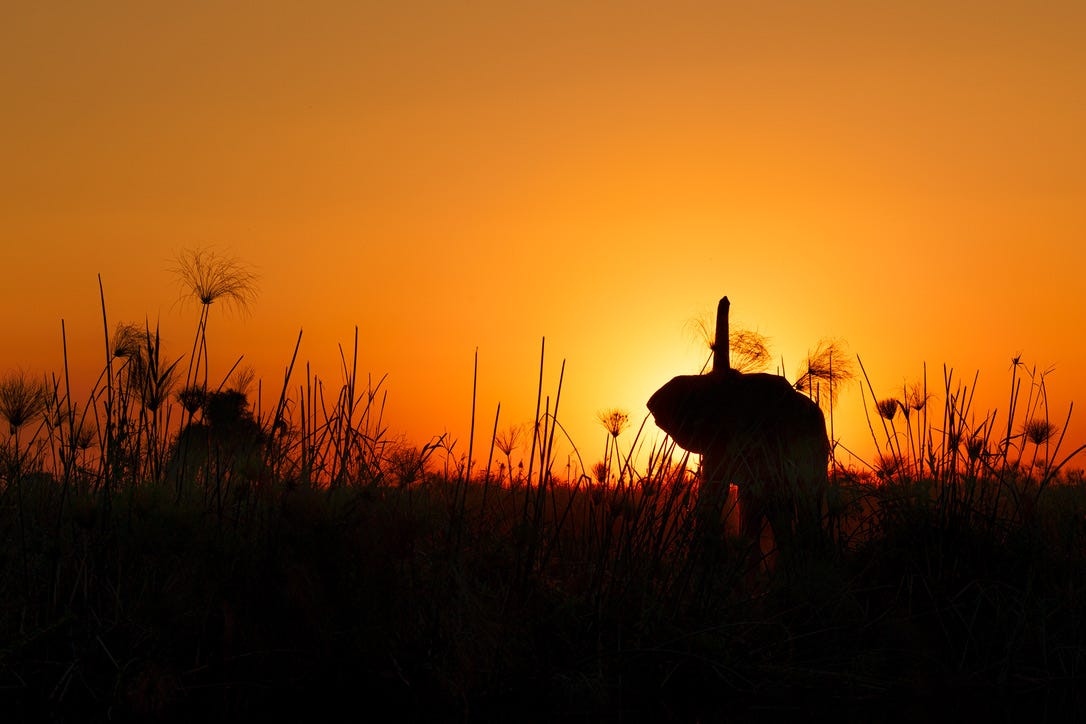
The kind of gear doesn’t matter at all - until it does. Except when it matters is totally dependent on your goals/needs.
You don’t need 120FPS burst rate and 600mm to take a huge variety of wildlife photos, but you need them if you want to increase your chances of getting a decent shot of a moose roaming through the forest and only have half a second to take that shot before it runs off 300 yards away.
I list sports and wildlife as examples, but this really extends all over. From videography, real estate, aerial, underwater, astro and whatever else you can think of. You can do it all, but certain things within each genre are completely inaccessible or just make little practical sense without a specific set of features offered by other pieces of equipment.
Cameras, lenses, accessories and all that are just a tool - and with tools, there’s always a right one for the job. Wouldn’t make much sense to use a microwave to boil soup if you have a stove and a pot handy, or to buy a digital camera if you want to take film photos, right?

Now for me, I’ve been doing this long enough to know exactly what I need, don’t need, what limitations I can put up with, which ones I can’t. I’ve saved for decades, buying, selling, trading, and doing whatever I can to slowly build up my equipment over the years.
I started out with fully manual 35mm film cameras and crappy 10MP APS-C DSLR cameras and used them all my life until 2018, when I purchased the Sony A7R III.
Anyways, all this is to really say - if you’re feeling like you need a change in equipment, really consider why it’s necessary, what benefits it’ll bring, and ask yourself “can my current device really not do it?”
Until certain limitations are hit, most of the time, you’ll find that there’s some workaround or other technique you can do to eek out the same results.
But, it’s also important to consider your own time and effort. Yes, you can just take panoramas to widen your field of view if your lens is too long, but spending all that extra time shooting and extra time editing just isn’t worth it in many cases. If your subject moves, good luck getting all those images lined up.
That said, I too enjoy the thrill of shopping. Sometimes, that’s all the inspiration one needs to get out and take more photos.
And that’s okay.
There are no rules in art. We often get caught up in all these other things that, ultimately, are irrelevant. But avoiding them is no easy task. I still yearn for things like medium format cameras, better drones, better lenses (or at least new ones to replace my scratched up ones), but really, I don’t need them.
It’s why I regularly go years between purchasing a new piece of gear. Heck, the last thing I purchased was a Ricoh GRIIIx in 2021, and it was only because I was looking for a compact digital camera to take on personal trips, when I don’t want to deal with the burden of transporting my “serious” camera equipment.
With anything, it’s important to remember why we’re doing it, though I’m sure the reason is the same for many of us - we’re hopelessly in love with art, photography, our subjects, or all the above.
What was the last piece of camera equipment you purchased? Was it something your previous piece of gear couldn’t do? Are you happy with it? Have you felt an improvement in your craft since? Why or why not?
As always, thank you so much for reading, commenting, and hanging out on here with me. I find that social media in 2024 isn’t too receptive to questions like this, and I think it’s because our priorities are elsewhere or that we don’t have the wordcount to fully elaborate on our ideas.



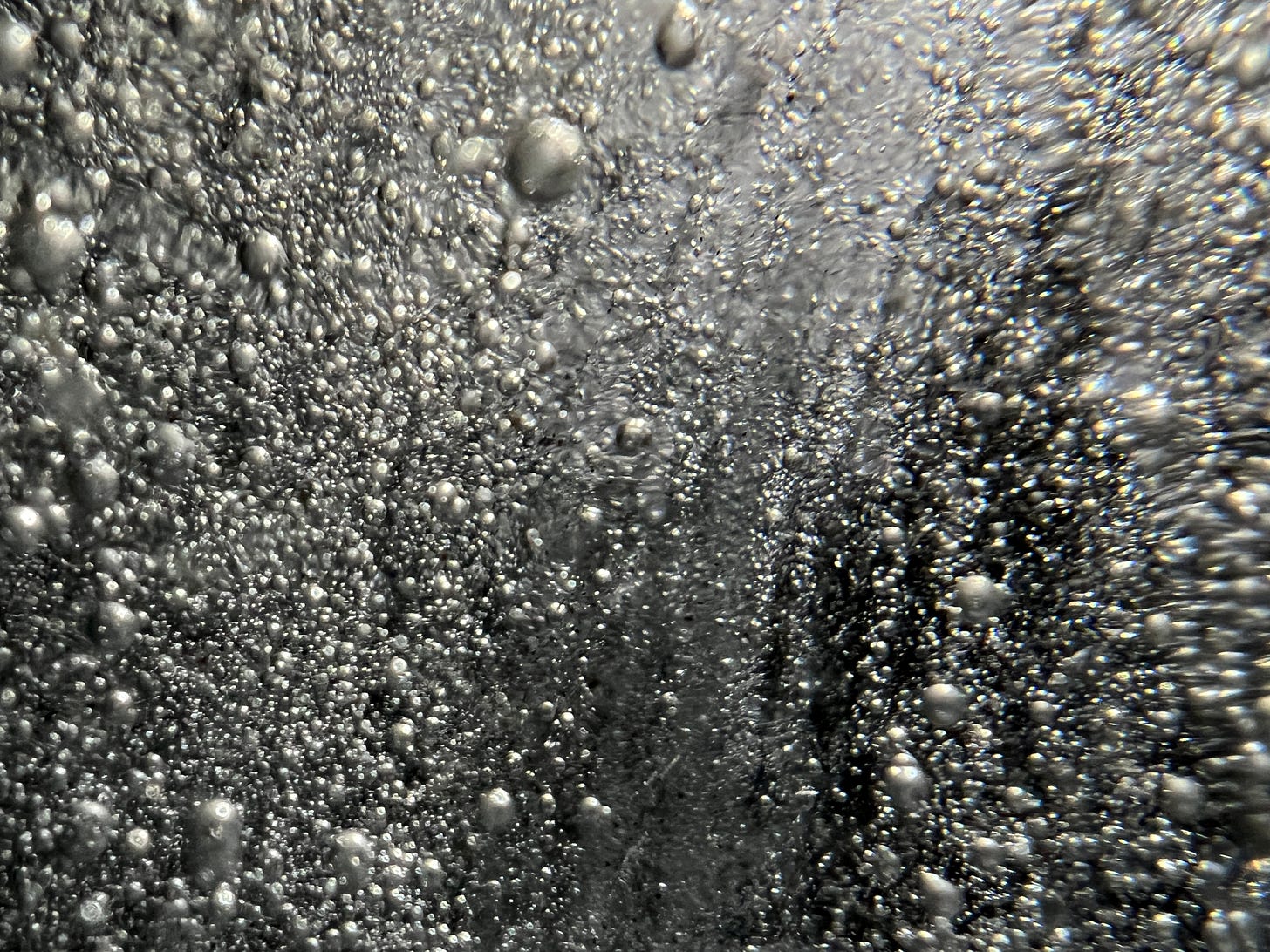

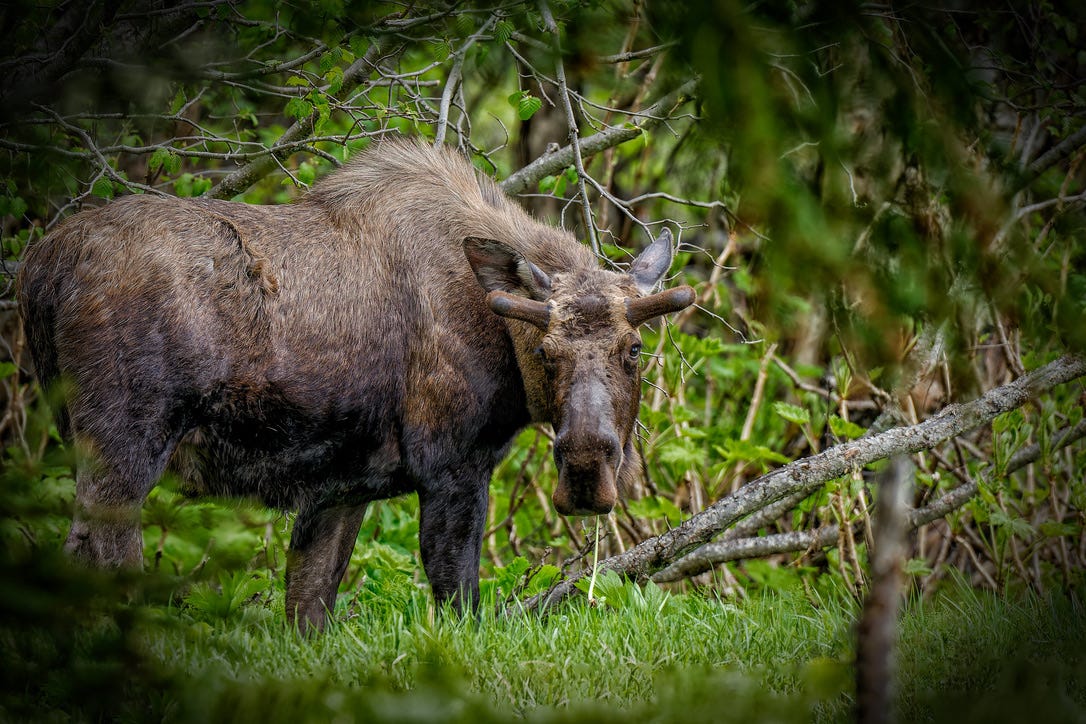

Love the topic, I like that I’ve been seeing this sentiment more often recently and I couldn’t agree more.
The last piece of gear I bought was my Fuji X-T30 w the kit lens as an edc. It’s a nice middle ground between a heavy Canon setup and a tiny point and shoot, and I’d say that my photography has improved since (a fun edc means more photos taken in general!)